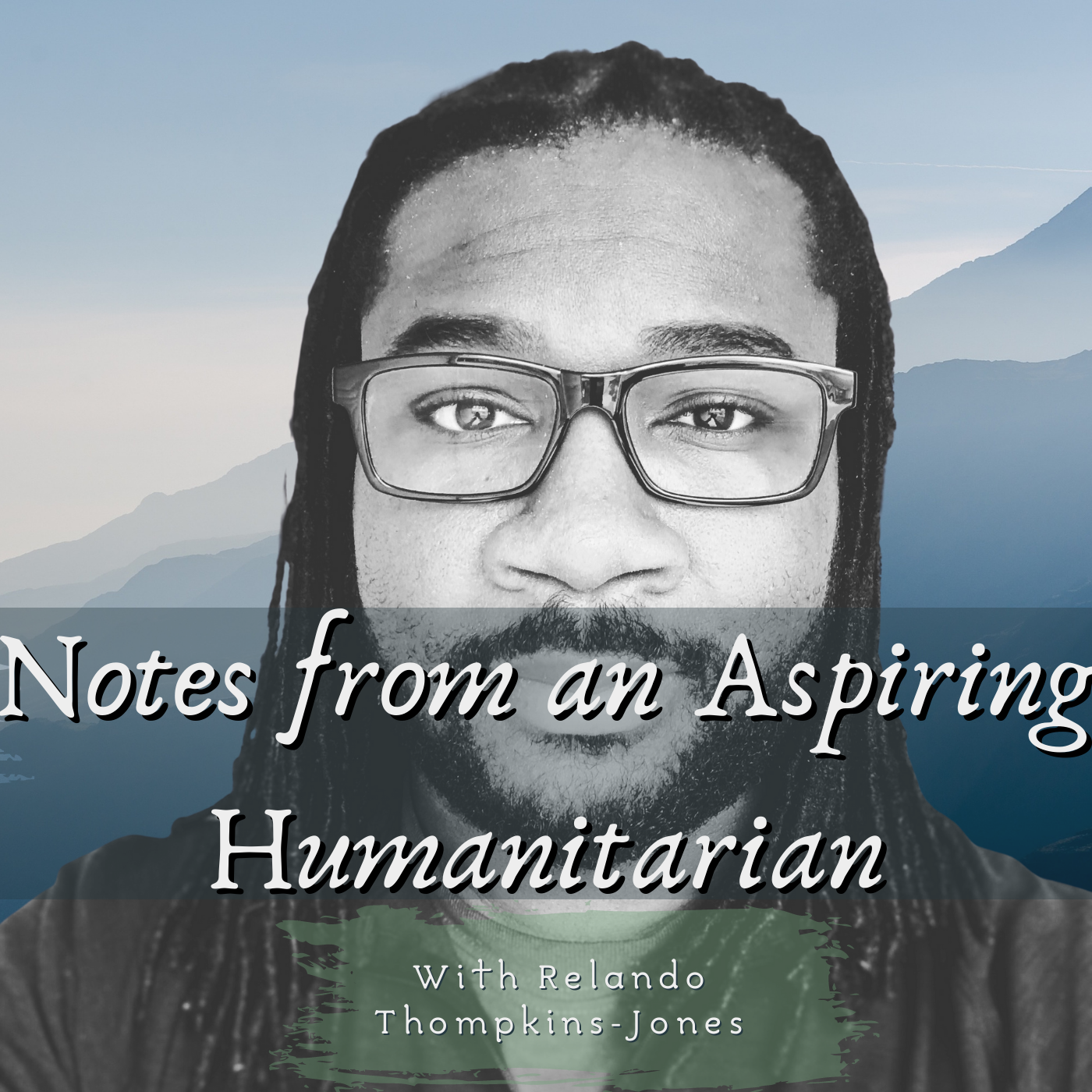Four Corners of Bullying: Towards Breaking the Cycle
Here’s a video that my colleagues and I used as a part of a workshop for high school students on bullying through the Intergroup Dialogue Social Change Agents Program. Having an opportunity to watch the events that take place in this video gave us an opportunity to remind the students of some of the reasons we come together as a group.
In addition to learning ways to resolve conflicts nonviolently, and working to establish and build relationships with people who we believe we may have nothing in common, we also wish to work on examining our biases and the impact they have on ourselves and others so we can work to create a community that does not accept bullying and discrimination.
After listening to the students’ responses to the video, and about any similarities that existed between their experiences at school and the events in the video, we transitioned to an activity called The Four Corners of Bullying.
Four Corners of Bullying
Haven’t heard of the activity? The four corners of bullying is an exercise in which participants get into small groups and rotate through four rounds of answering four distinct questions related to their experiences with bullying.
It’s important to consider that the subject matter that can arise from participating in this activity can be very challenging. Because of this, only one person should speak at a time, while others listen to their sharing.
In addition to having some important guidelines established beforehand, it is also important that facilitators remain very attentive and supportive through this process because the responses a person may or may not receive, particularly after sharing something difficult could make or break their experience in terms of how much sharing they might be willing to provide in the future.
Here are the questions that make up the Four Corners of Bullying activity for schools. Take some time to think about how you would respond if asked these questions:
1. Describe a time when you were bullied, discriminated against, made fun of, or hurt by a peer/classmate.
2. Describe a time when you interrupted an act of bullying.
3. Describe a time when you bullied someone because of their identity.
4. Describe a time when you witnessed bullying, but did not intervene.
Towards Breaking the Cycle
For me, both the video and the four corners of bullying activity illuminated a pattern. I noticed in the video that just about every person who was rejected or wronged in some way, ended up wronging someone else in a different way, with similar results. On the other hand, the four corners of bullying activity asks participants to recall times when they were bullied, and when they have bullied someone else.
 Each of us has been hurt by someone or something in some way, and each of us has hurt someone else in one way or another.
Each of us has been hurt by someone or something in some way, and each of us has hurt someone else in one way or another.
Bullying isn’t only seen in schools, it can be acted out in our personal lives and relationships, at work, and institutionally through policies and practices that privilege some groups and marginalize others.
As I’ve written before, in thinking about our social identities, each of us has parts of our identities that place us in a position of privilege, and other parts that leave us vulnerable to discrimination.
If we recognize our own patterns and the roles that we play in conflict, we can increase our self-awareness and begin actively working towards breaking the cycle of hurt not only in schools, but in our personal and professional lives as well.
What were your thoughts about the video? Did you have any responses to any of the questions from the Four Corners of Bullying exercise?
From Aspiring Humanitarian, Relando Thompkins, MSW
—————————————————————————————————————————
(N.A.H.) is advertisement-free and reader supported. If you enjoy my notes, consider supporting (N.A.H.) with a one-time donation or by becoming a monthly patron.
—————————————————————————————————————————















Hi Relando — what a powerful message and video — wow. I spoke at a one day conference in a highschool here on Blue Friday last week — it was all about ending bullying. One of the youth in my session asked, “What if the bully is your parents?” When I spoke with his teacher later she said yes, that is true. His home life is less than stellar.
It is tragic, sad, limiting and numbing what we do to our children. As the video says — don’t let the child in you die.
but what if… you never had a chance to be that child. I think that was what struck me with the young boy in the session — he’s never really had a chance to be a child.
I really appreciate your work, and this post — I’m going to send it along to the group that organized Friday’s event. PMAST (www.pmast.org)
Thanks!
As always Louise, thank you for your readership and sharing! Your thoughts always cause me to think about things in a different way.
“What if you never had a chance to be that child?” What a powerful, heartwrenching question! It is tragic and sad to see how we can sometimes treat our children. I hope the student that you talked with is getting some kind of intervention.
Sometimes the bully can come from our parents or other people we love, and sometimes it can come from us. I think one of the most important pieces I took away from this exercise is a reminder of how crucial it is for us to remain self-aware so that we can try our very best to ensure that we aren’t adding to the cycle of hurt.
Oh wow. I just looked up PMAST and from what I’ve seen it looks like a very valuable resource for students! Thank you so much for sharing my post with them!